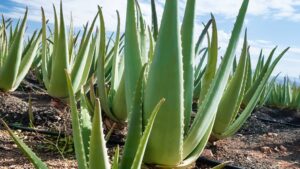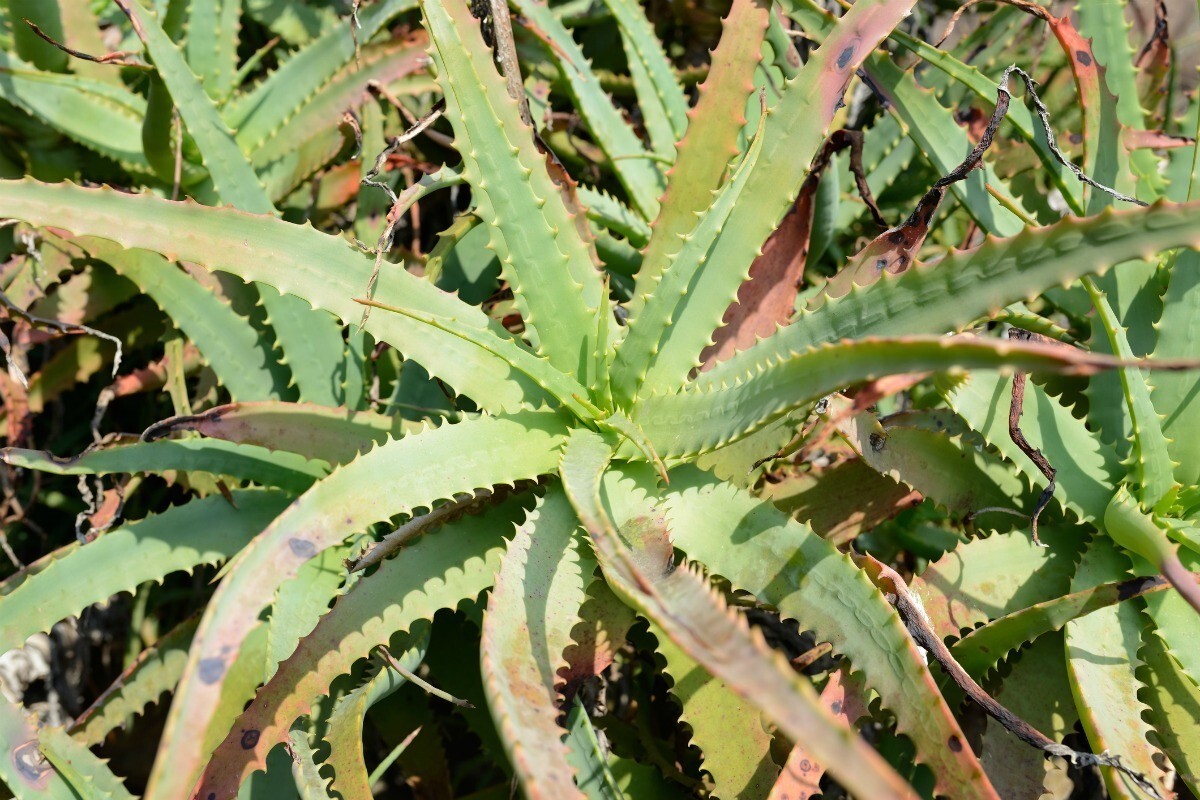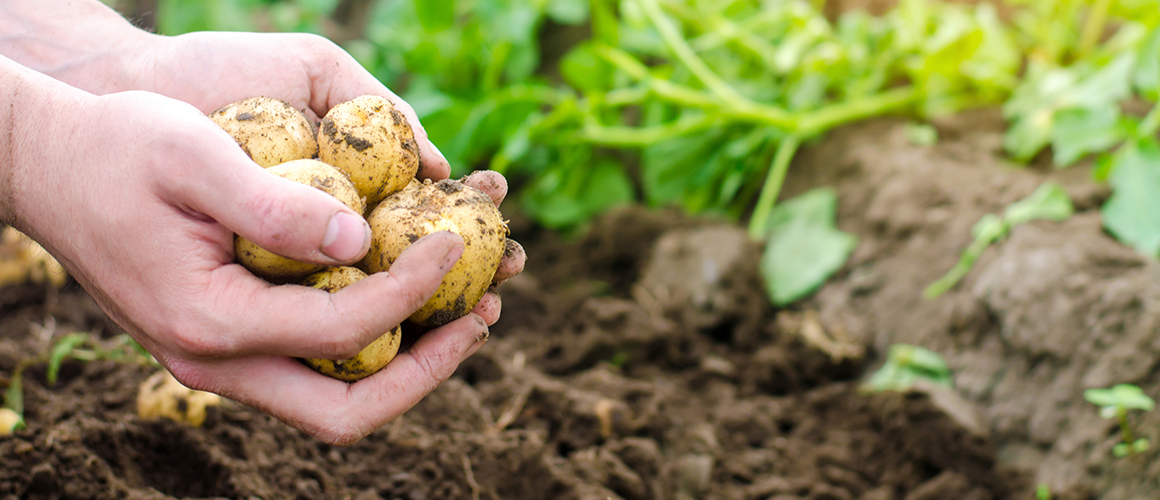The phenomenon of aloe plants turning brown can be a cause for concern among plant owners, signaling potential issues with the plant’s health and vitality. As beloved succulents renowned for their resilience and aesthetic appeal, seeing their leaves take on a brown hue can prompt worry and uncertainty. However, understanding the underlying causes behind this discoloration is crucial for effectively aloe plant turning brown addressing the problem and preventing further harm to the plant. In this guide, we will delve into the various factors that may contribute to aloe plant browning, equipping you with the knowledge and strategies needed to nurture your succulents back to vibrant health.
Common Causes of Aloe Plants Turning Brown:
Aloe plants turning brown can often be attributed to a variety of common factors that affect their well-being. One prevalent issue is overwatering, where excessive moisture in the soil aloe plant turning brown leads to root rot and subsequent browning of the leaves. Conversely, underwatering can also cause dehydration and discoloration as the plant struggles to retain moisture.
In addition to watering practices, inadequate Care For String of Pearls Plant sunlight can significantly contribute to aloe plant browning. These sun-loving succulents require ample light to thrive, and insufficient exposure can result in weakened growth and discolored leaves.
Furthermore, poor soil drainage poses a threat to aloe plants, as waterlogged roots can suffocate and decay, manifesting in brown, wilted foliage. It’s essential to ensure that the soil provides adequate drainage to prevent water from pooling around the roots.
Environmental factors such as extreme temperatures or humidity levels can also contribute to aloe plant browning. Exposure to excessively high or low temperatures can stress the plant and lead to leaf discoloration, while overly humid conditions may encourage fungal diseases that cause browning.
Understanding these common causes of aloe plant browning is essential for effectively addressing the issue and implementing corrective measures to restore the plant to optimal health. By adjusting watering routines, providing adequate sunlight, improving soil drainage, and regulating environmental conditions, you can help your aloe plants thrive and maintain their vibrant green hue.

Specific Issues with Aloe Vera Plants:
Aloe vera plants, renowned for their medicinal properties and soothing gel, can encounter specific issues that lead to browning and compromise their health. One primary concern is root rot, often caused by overwatering or poor soil drainage. When the roots are submerged in waterlogged soil for extended periods, they become deprived of oxygen, leading to decay and eventual browning of the leaves. Identifying root rot involves inspecting the plant’s roots for mushiness, foul odor, or dark discoloration, signaling deterioration.
Pests can also threaten aloe vera plants, contributing to browning and overall decline. Common pests include aphids, mealybugs, and spider mites, which feed on the plant’s sap and disrupt its natural processes. Infestations may result in discolored, distorted leaves and visible pests on the plant’s surface. Regular inspection of the foliage and stems can help detect pest activity early on, enabling prompt intervention to prevent further damage.
Moreover, aloe vera plants are susceptible to various diseases that can cause browning and affect their overall vigor. Fungal infections such as leaf spots or anthracnose can manifest as brown, water-soaked lesions on the leaves, compromising their structural integrity. Bacterial infections may also lead to browning and rotting of plant tissues, accompanied by foul odors and slimy textures.
To differentiate these specific problems from other common causes of browning in aloe plants, careful observation and examination are necessary. Understanding the symptoms associated with root rot, pest infestations, and diseases allows for accurate diagnosis and targeted treatment. Implementing proper watering practices, practicing good hygiene, and using appropriate pest control measures are essential steps in maintaining the health and vitality of aloe vera plants, ensuring they remain vibrant and thriving.
Solutions to Prevent Aloe Plants from Turning Brown:
Preventing aloe plants from turning brown requires proactive care and attention to their specific needs. By implementing practical solutions, plant owners can maintain the health and vitality of their aloe plants, ensuring they remain vibrant and green.
First and foremost, adjusting watering schedules is crucial in preventing browning. Aloe plants prefer well-draining soil and should be watered thoroughly but infrequently to avoid waterlogged conditions that can lead to root rot. Allow the soil to dry out completely between waterings, especially during the dormant winter months when the plant’s growth slows.
Providing proper sunlight exposure is equally important for aloe plants. These sun-loving succulents thrive in bright, indirect light, so placing them near a south- or west-facing window where they can receive ample sunlight is ideal. However, be cautious of exposing them to direct sunlight for extended periods, as this can lead to sunburn and subsequent browning of the leaves.
Additionally, repotting the plant may be necessary if it has outgrown its current container or if the soil has become compacted and waterlogged. Choose a well-draining potting mix specifically formulated for succulents and cacti, and ensure the new container has drainage holes to prevent water from accumulating around the roots.
Regular maintenance is key to caring for aloe plants to promote healthy growth and prevent browning. Remove any dead or decaying leaves, as they can attract pests and disease pathogens that may contribute to browning. Fertilize sparingly during the growing season with a balanced, water-soluble fertilizer diluted to half strength to provide essential nutrients without risking fertilizer burn.
By following these practical tips and solutions, aloe plant owners can create optimal growing conditions for their plants, reducing the risk of browning and ensuring their continued vitality and beauty. With proper care and attention, aloe plants can thrive and flourish, bringing joy and greenery to any indoor or outdoor space.
Conclusion:
In conclusion, addressing the issue of aloe plants turning brown requires a thorough understanding of the underlying causes and proactive measures to prevent further damage. Throughout this guide, we have explored common reasons for aloe plant browning, including overwatering, inadequate sunlight, pests, diseases, and environmental factors. By recognizing these factors and implementing practical solutions such as adjusting watering schedules, providing proper sunlight exposure, and practicing good hygiene, plant owners can effectively prevent browning and promote the health and vitality of their aloe plants.
Readers must apply the solutions provided in this guide to maintain the vibrancy and beauty of their aloe plants. By taking proactive steps to address issues such as overwatering, pest infestations, and poor soil drainage, plant owners can create optimal growing conditions that support healthy growth and prevent browning. By caring for their aloe plants with diligence and attention to detail, readers can enjoy the benefits of these resilient and versatile succulents for years to come.









